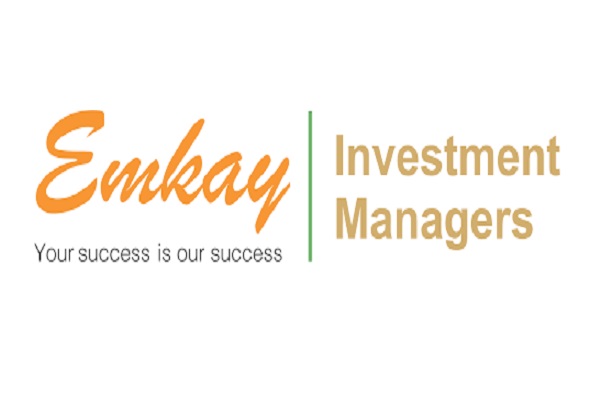Nifty Microcap 250 surged 7.73% in the month of July, whilst the one-year change marked at 71.83% : Motilal Oswal Asset Management Company

·Nifty Midcap 150 saw a surge of 4.94% in July
·Nifty smallcap 250 surged 4.89% in July
·Nifty Next 50 surged 4.56% in July
·Nifty 500 surged 4.30% in July
·Nifty 50 surged 3.92% in July
·The IT sector contributed a positive return to the Nifty 500, in contrast to the S&P 500 index which experienced a decline of 0.7%
According to Motilal Oswal Asset Management Company’s Global Market snapshot report, all broad-based indices posted positive returns, with the Nifty Microcap 250 leading the way with an impressive gain of 7.7% in the month of July. The Nifty Microcap 250 index has surged by 18.38% over the last 3 months, 21.06% over the past 6 months, and 71.83% over the past year.
The Nifty Midcap 150 has experienced a growth of 15.71% over the past 3 months, 22.23% over the past 6 months, and a one-year growth change of 54.60%.
Conversely, the Nifty Next 50 has shown a growth of 15.24% over the past 3 months, 35.24% over the past 6 months, and 65.14% over the past year.
The Nifty smallcap 250 has experienced a 13.36% surge over the past 3 months, 19.15% growth over the past 6 months, and a 58.06% increase over the past year.
The Nifty 500 and Nifty 50 have shown growth of 37.94% and 26.31%, respectively in past year.

The IT sector continued its upward trend, delivering a return of 13% in July. Similarly, the FMCG and Healthcare sectors experienced growth, with returns of 9.38% and 9.34%, respectively. In contrast, the Bank & Metal sectors have seen negative returns of -1.51%, -2.35% respectively. After experiencing a streak of positive returns for three and six consecutive months, the realty sector faced a setback in July with a -1.00% decline. However, it's worth noting that the sector still boasts an impressive 92.99% growth over the past year.

All factor-based indices delivered positive returns in July, with Quality being the best performer at 7.5%. This was followed by the Enhanced Value factor, which grew by 6.38%. Additionally, the Low Volatility and Momentum factors saw growth of 4.17% and 4.86%, respectively.

All sectors contributed positively to the Nifty 500, with IT, Consumer Discretionary, and FMCG being the top three, collectively adding 2.6% to its gains.

Global Market Update
In the US, the S&P 500 delivered a positive return of 1.1%, while the NASDAQ 100 declined by 1.6%. All developed market indices yielded positive returns, while Brazil and South Africa were the only emerging markets to deliver positive performances. In contrast, China's market experienced a decline of 2.26% in July and 2.86% over the past quarter.

The IT sector has shown a negative contribution of -0.7% to the S&P 500 index in the month of July.

Crude oil prices fell by 4.5% in July, amidst weakening global demand due to focus on other alternative means. Silver lost its cluster, experiencing a 2.8% decline, while gold surged by 4.1%. Bitcoin rose by 7.1% and Ethereum fell by 4.2% in July 2024.
Quick Take
After a period of continuous decline, India's retail inflation reached a four-month high, primarily due to an increase in food prices. In contrast, inflation levels in the US have been steadily decreasing. Both FIIs and DIIs remained net buyers, capitalizing on the volatility of Budget 2024, by deploying a total of Rs. 61,948 crores across equity and debt segments.
Above views are of the author and not of the website kindly read disclaimer
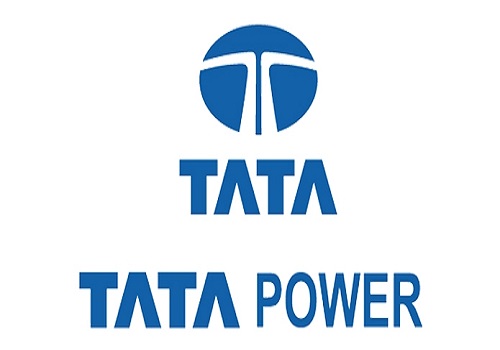
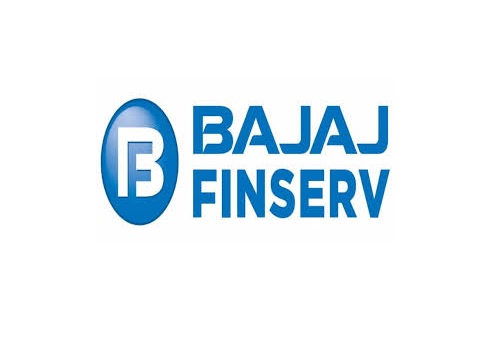

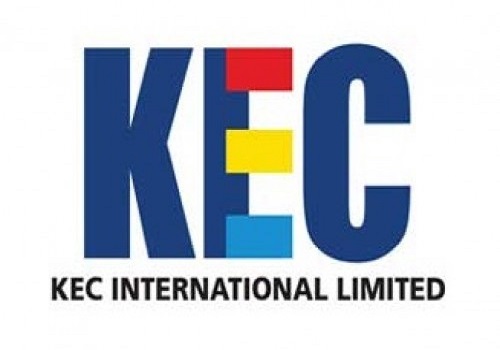

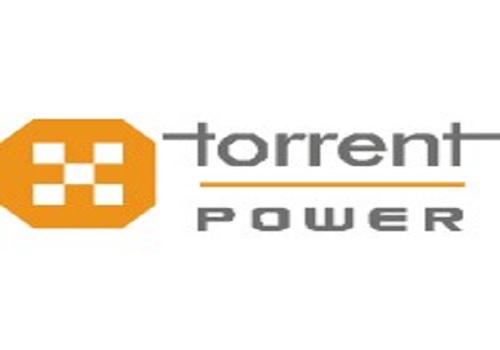
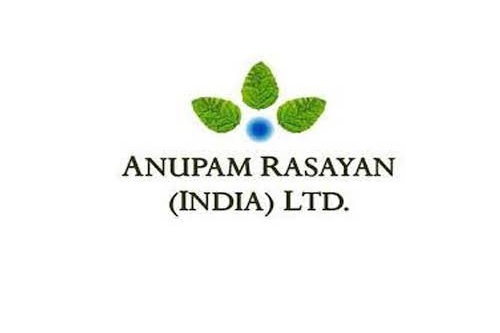



More News

Zerodha Fund House launches Zerodha Silver ETF











